As a self-taught baker, there are certain baked goods that intimidate me because of the time and practice it takes to get them right. Macarons, for instance, are something that I seem to have a mental block with. No matter how careful I am, my macarons always turned out cracked and misshapen! Pie crust is another thing that I’m absolutely awful with — my pie dough often becomes unworkable fast, melting and sticking to my too-warm hands. And, of course, anything made with homemade puff pastry.
Before these palmiers, I’d never made puff pastry from scratch. But I’d read enough cookbooks and seen enough reality TV baking shows to know what a pain in the ass the entire process was. Because the basic process of puff pastry making is this: you wrap a sheet of dough around a slab of butter, before rolling and folding it repeatedly to create the layers that eventually happen when you bake the dough. Each roll and fold requires a lengthy rest and re-chilling in between, since the butter and dough won’t integrate properly if the mixture is either too hot or too cold. It seriously takes something like 4 hours (or more, even) to make puff pastry — who has time for that?! Certainly not me (though I’m apparently willing to make an exception for homemade sprinkles).
So when my friend Noah told me he’d discovered a recipe that cut the process time in half, I was intrigued. The recipe he’d discovered was for something called rough puff pastry. Because instead of rolling the butter into the dough, the recipe instead instructs you to cut the butter into the dough like you would a pie dough. It wasn’t as picky or fussy about the dough’s temperature, and more importantly, it took about half as much time as the other puff pastry method.
And so how did it fare?
Compared to store-bought puff pastry, our homemade puff pastry was a lot more buttery. The palmiers literally leaked butter as they baked. The texture of the cookies made from the dough was great though! When fresh out the oven, the palmiers were buttery, flaky and light as air. I ended up putting some orange fresh orange zest in my dough as I shaped them into their signature elephant ear shape — I was glad that I did, otherwise the cookie would literally just be flavored with sugar and butter.
So was making the puff pastry worth it? Even though Noah and I only spent two hours making this dough, you’ll see from my pictures below that it was still a bit of a pain: the rolling and folding, the chilling and softening. Not to mention a bit of a mess — again, you’ll see that from the pictures below. I honestly don’t know how the bloggers who take step-by-step photos of their process do it; it is such a nightmare to bake and shoot at the same time. Those process/recipe shots you see other food bloggers post where everything is spotless and well-lit? Pshhhh, I’m calling that out as total LIES, because as you can see from my pictures, Noah and I made a HUGE mess. I don’t know how all the other guys do it. Really. So maybe this makes me a bad food blogger, but puff pastry is one of those things that I’ll just happily buy from the supermarket. Contrary to popular belief, I’ve got a life to live after all.
Some baker’s notes:
-
- Don’t want to make the puff pastry? No worries! Use store-bought puff pastry instead of the homemade rough puff pastry that I used here.
-
- You want your ingredients as cold as possible — I recommend sticking both the butter and the water in the freezer for about an hour before you start.
-
- You can replace the orange zest that I used with any other kind of zest you want — lime, lemon, grapefruit. Go crazy.
-
- The rolling and folding method required for the puff pastry dough is a little hard to describe, so I’ve tried to include visuals when I can — big thanks to Noah for modeling!
-
- Other sources that have helped us figure out the rolling method include this video from Fine Cooking (which is where Noah got the recipe from the rough puff pastry dough from) and these gifs on how to make croissants by the incredibly talented Izy of Top with Cinnamon.
- Similarly, the rolling method to shape the palmiers is a bit hard to describe without a visual. Martha Stewart has a great video in which she demonstrates how to roll palmiers.
Get the Recipe: Orange Scented Palmiers
Ingredients
For the Rough Puff Pastry Dough
(makes around 1 pound)
- 2 cups all-purpose flour, plus more for work surface
- 1/2 teaspoon salt
- 1 cup (2 sticks) very cold unsalted butter
- 1/2 cup very cold water
For the Orange Scented Palmiers
- fresh zest from 1 orange
- 1 cup granulated sugar, plus more for sprinkling
Equipment
- a pastry dough blender
- a pastry bench scraper
Instructions
For the Rough Puff Pastry Dough
- In a large bowl, combine 2 cups all-purpose flour and 1/2 teaspoon salt. Cut 1 cup cold butter into thick, 1-inch slabs:
- Add the butter to the flour and salt mixture and toss with your hands or a rubber spatula to coat with flour. Use a pastry blender to cut the butter into the flour until the mixture is dry and rough with 1/2- to 3/4-inch chunks of butter:
- Drizzle 1/2 cup very cold water and continue cutting the butter into the flour until you get a shaggy dough that barely hangs together:
- Turn the dough out onto a lightly floured work surface and pat into a rough rectangle, then roll into a 6 by 18 inch rectangle, flouring the rolling pin as necessary. It’s okay if the dough is ragged at first — it will eventually come together:
- Once the dough is in the rough shape of a rectangle (it doesn't have to be perfect as this point), use a pastry bench scraper to bring the dough together and clean up the edges:
With the bench scraper, carefully scrape the dough from the work surface and fold both short ends toward each other so they meet in the middle:- Fold one half over the other half to make an approximate 4 by 6 inch rectangle, using the pastry scraper to clean up the edges:
- Now, use your rolling pin to re-roll the slab of dough you just made into an approximate 6 by 18 inch rectangle. Repeat the folding technique above. If your dough has gotten too soft, place in the freezer for 10 minutes or so. Once you’ve rerolled and refolded the dough, it should start to come together and be less shaggy than the previous slab:
- Wrap this slab in plastic and chill in the freezer for 20 minutes to re-harden.
Once the dough has chilled for 20 minutes, re-roll into another 6 by 18-inch rectangle. Roll and fold the dough again as directed above, flouring lightly as needed:- As you go through the process, you’ll notice the dough coming together and becoming smoother. Be sure to continue using a pastry scraper to clean up the edges to get this smooth effect. The dough should be smooth with visible flecks of butter:
- Wrap in plastic and refrigerate overnight.
For the Orange-Scented Palmiers
- Sprinkle work surface with 1 cup granulated sugar. Place the chilled puff pastry on top of the granulated sugar and roll to a rectangle 8 by 26 inches and approximately 1/8 inch thick, continually sprinkling with additional sugar to prevent the dough from sticking.
- Sprinkle orange zest evenly over the rolled pastry dough. Working quickly but gently, roll the short end of the rectangle to the center of the pastry, making sure to roll tightly and evenly. Freeze the rolled log for 20 minutes, until very firm but not frozen. Use a knife to slice crosswise into 1/4-inch slices, placing the palmiers 2 inches apart on water-sprayed baking sheets. Sprinkle more granulated sugar on the top of each palmier before covering with plastic wrap and freezing for at least 1 hour.
- Preheat oven to 450 degrees. Bake palmiers 8 to 10 minutes, until golden on the underside. Flip with a spatula, pressing down to flatten if palmiers seem to be unrolling. Bake 4 to 6 minutes more, watching carefully, until golden and crisp. Transfer to a cooling rack and cool completely.

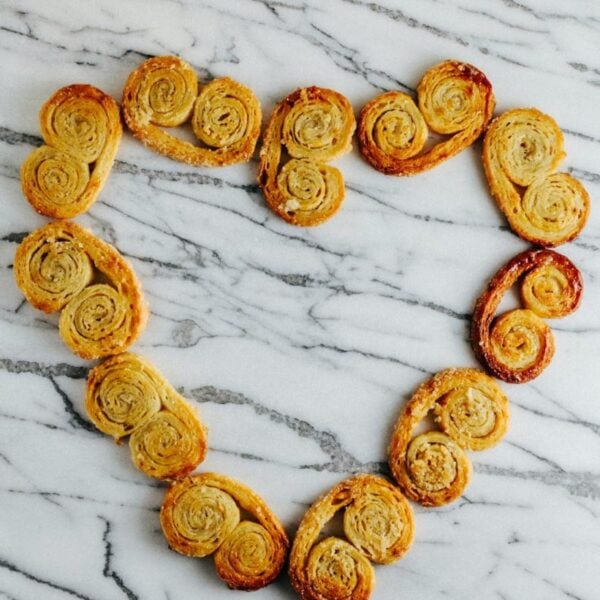
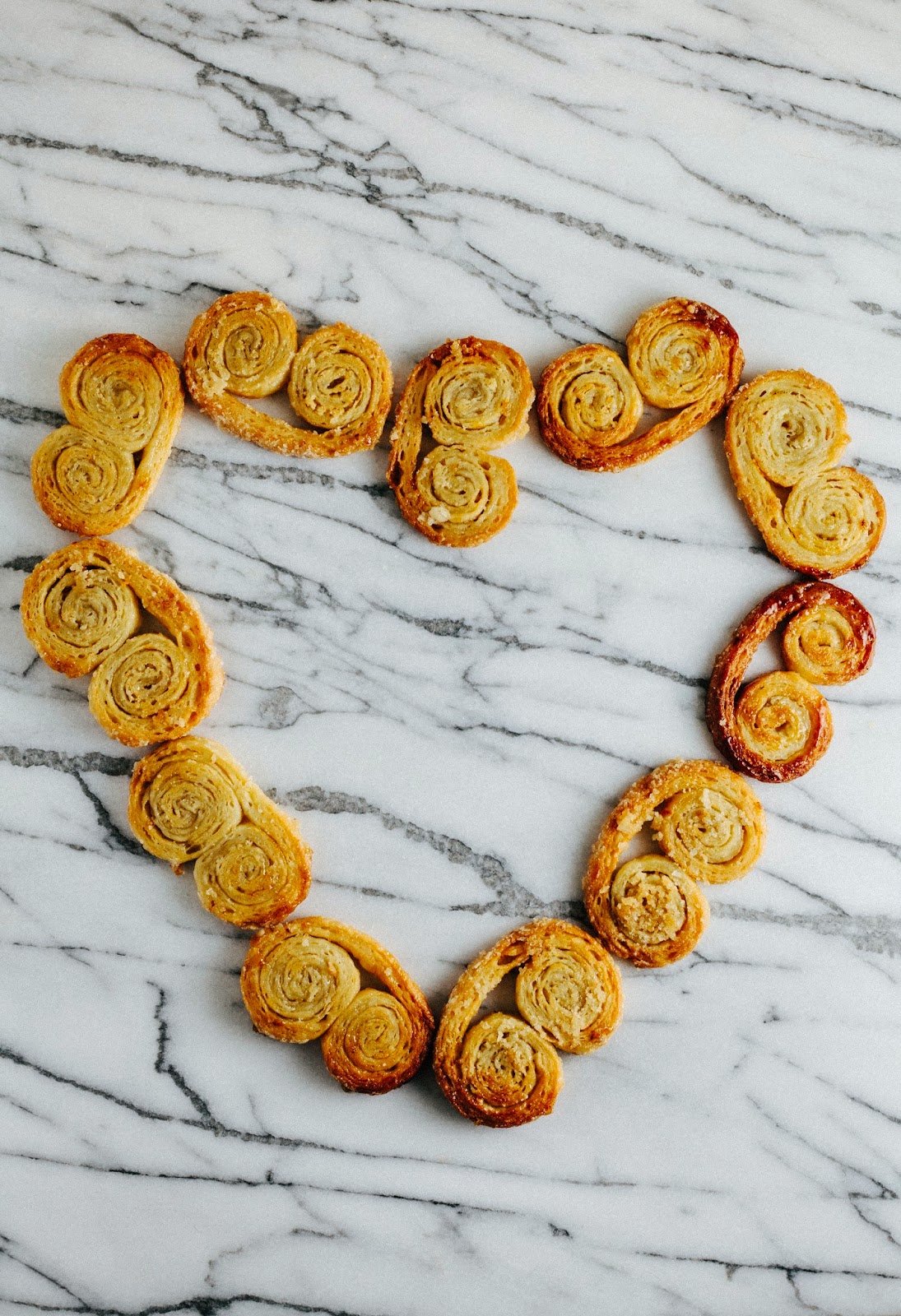
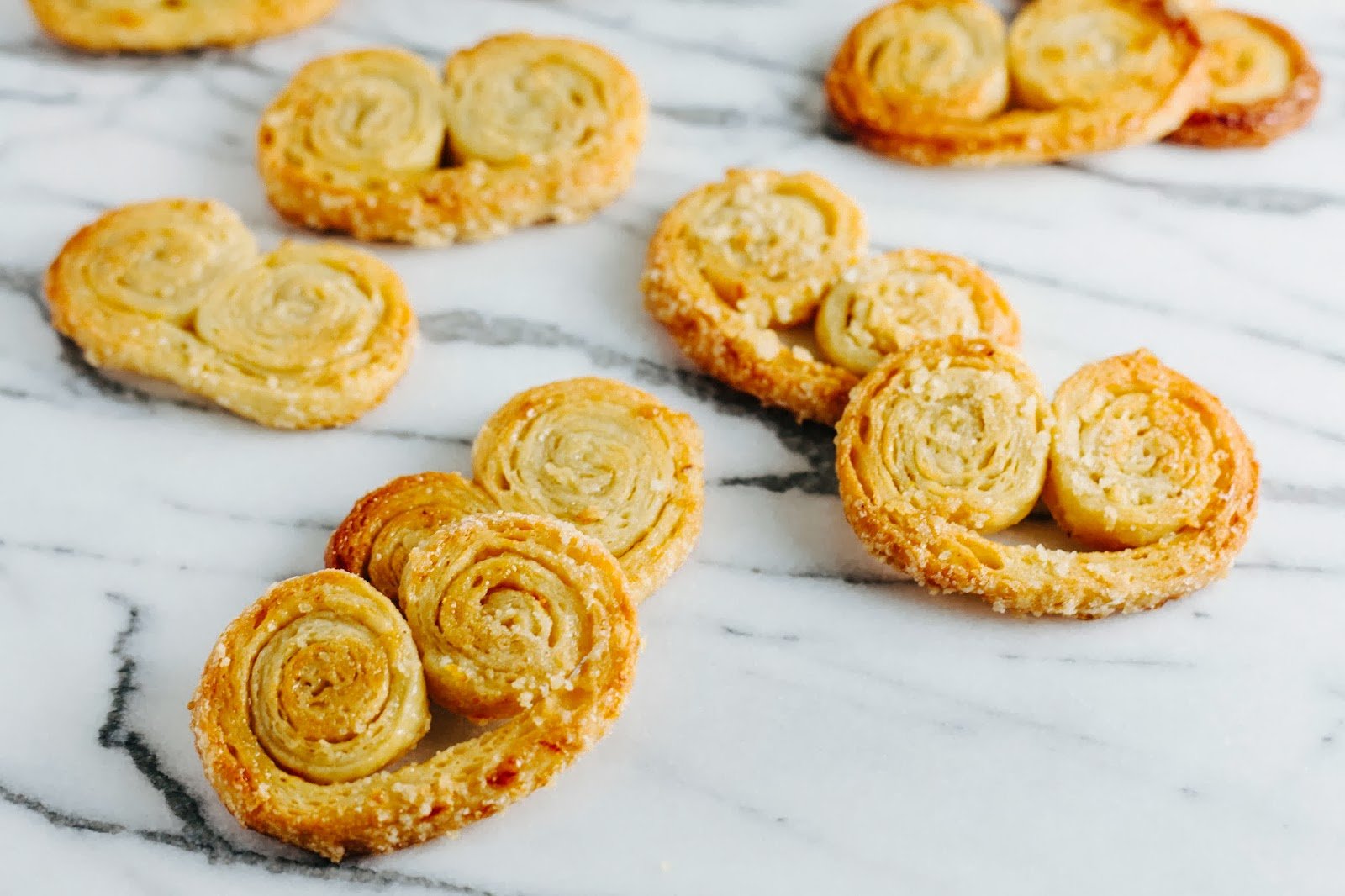
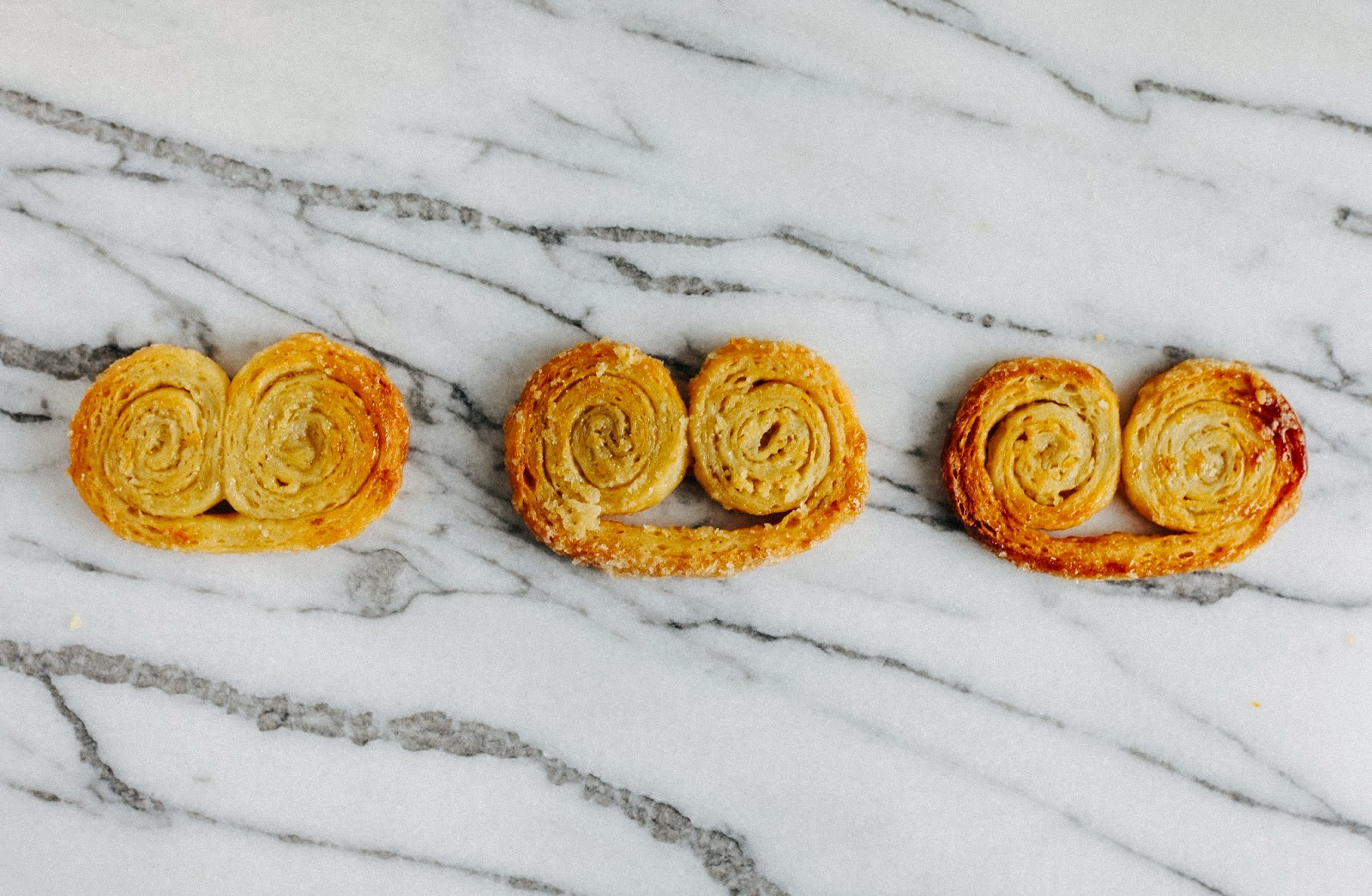
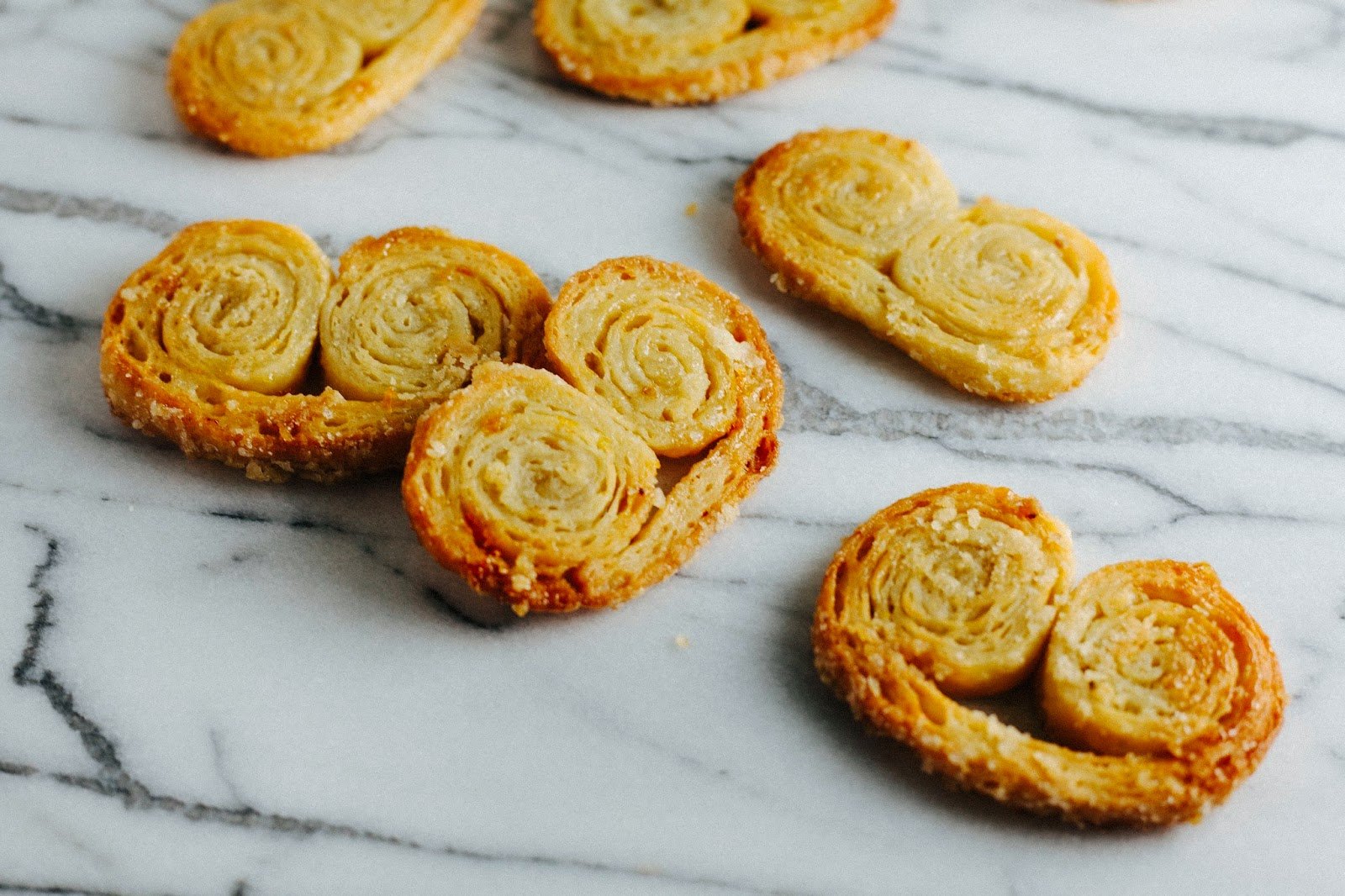
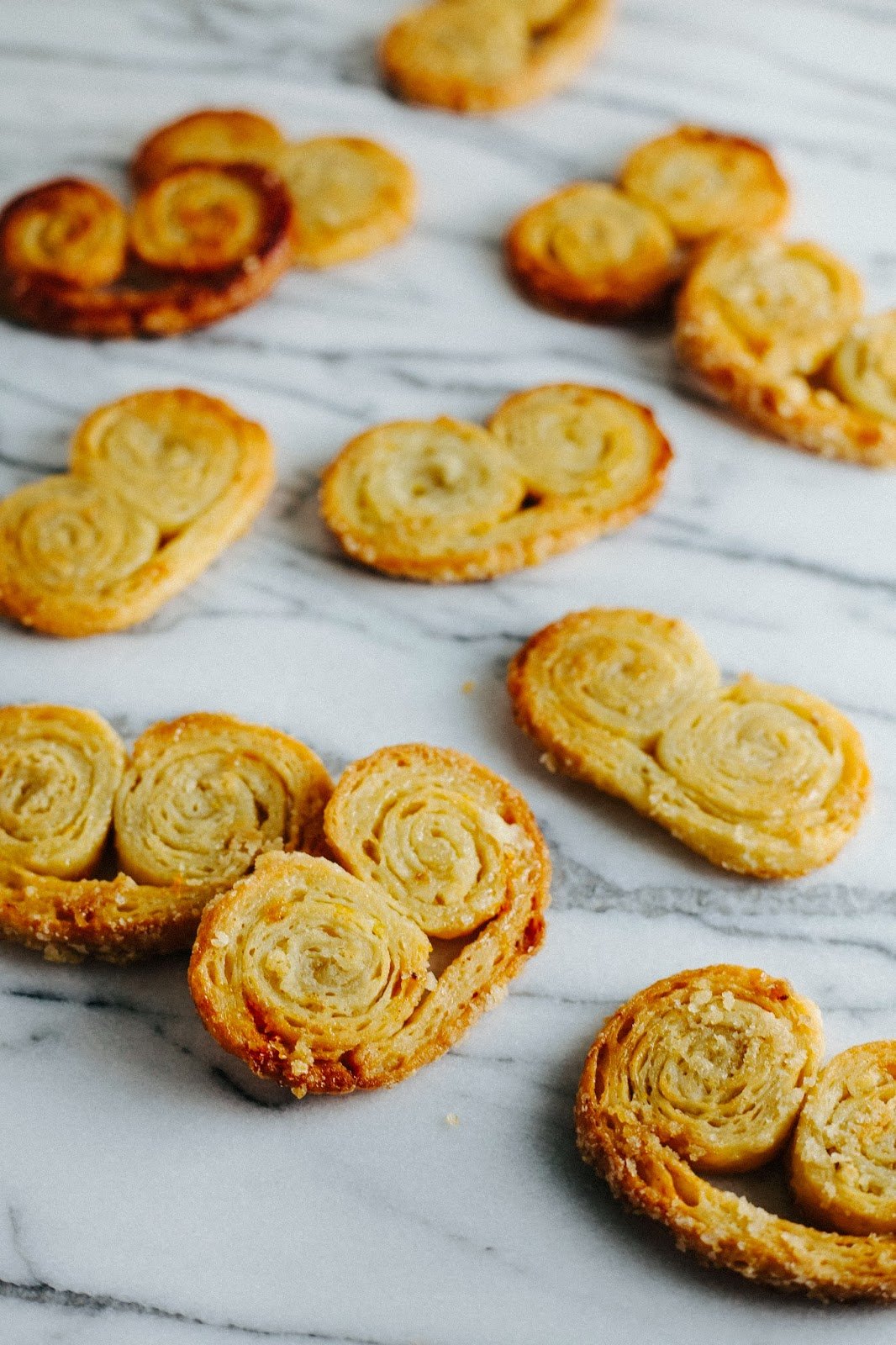
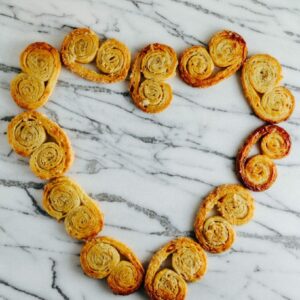
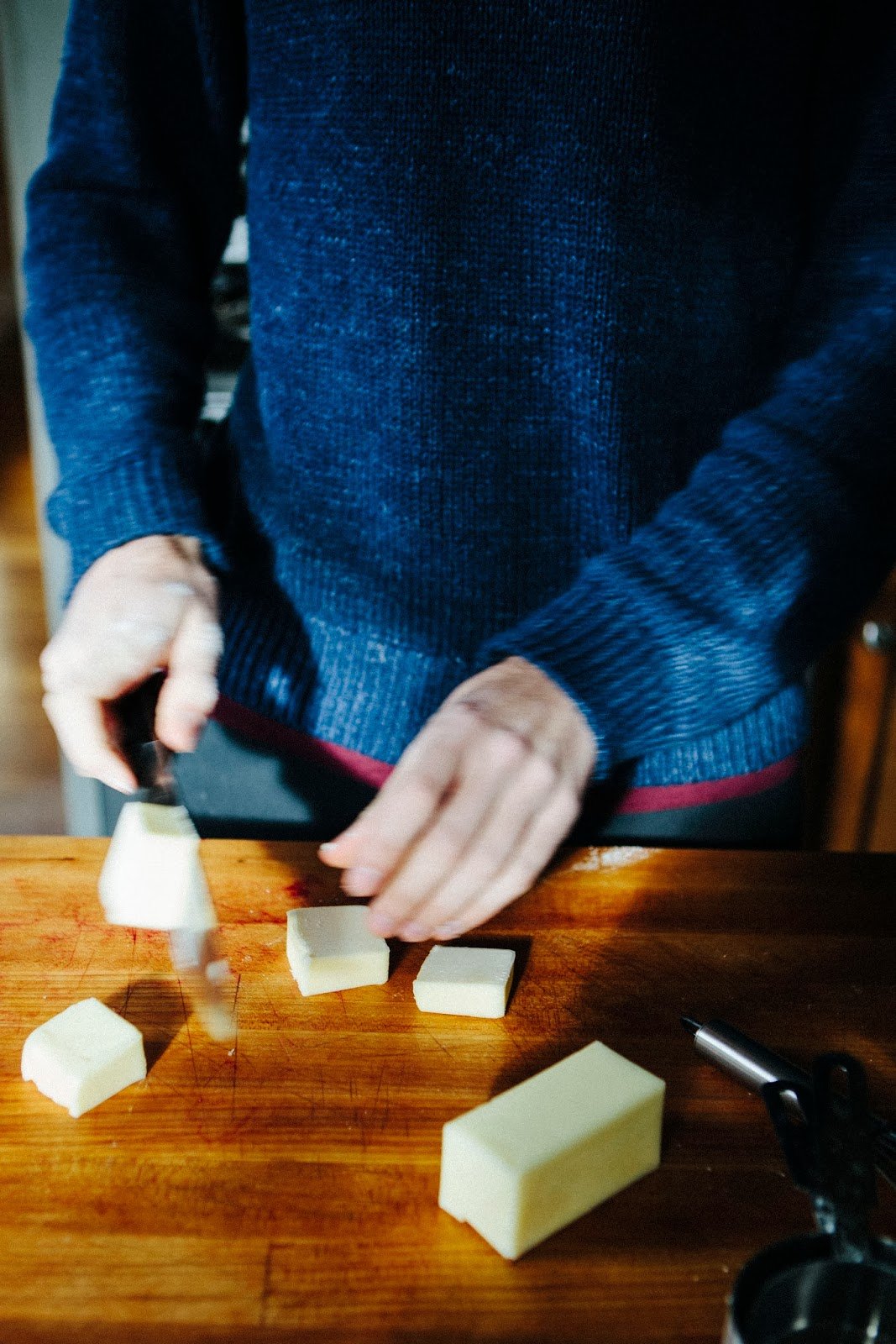
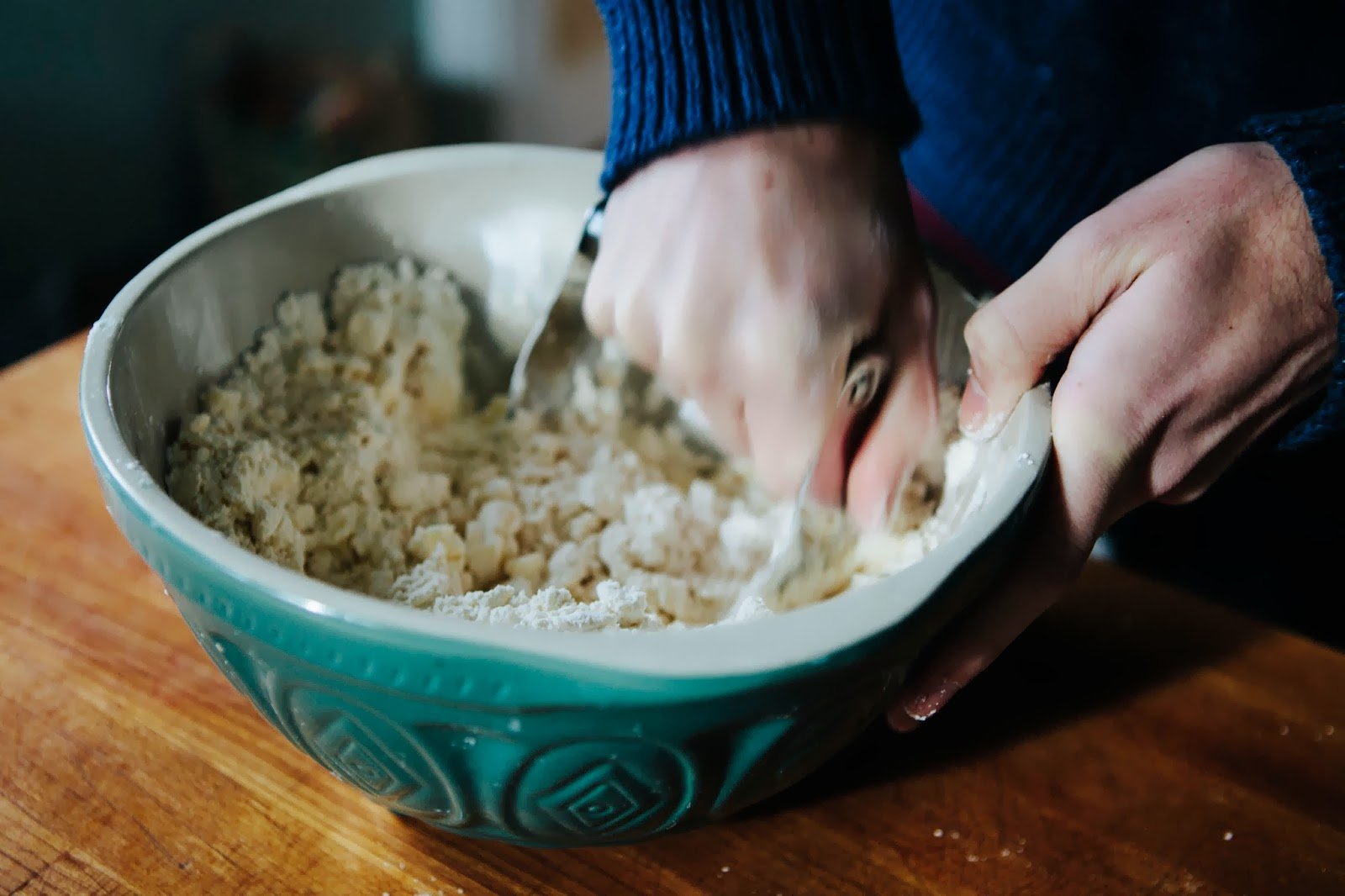
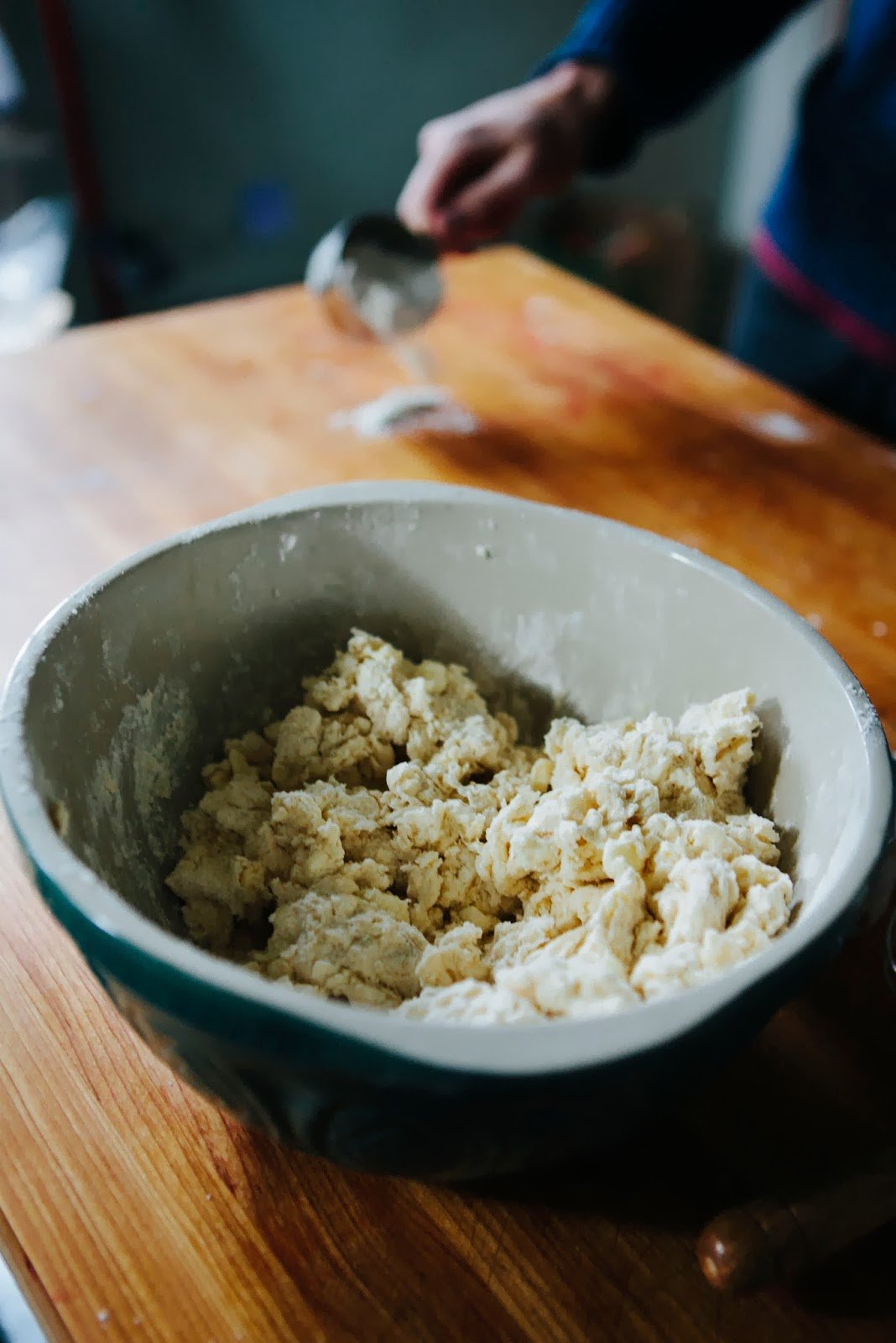
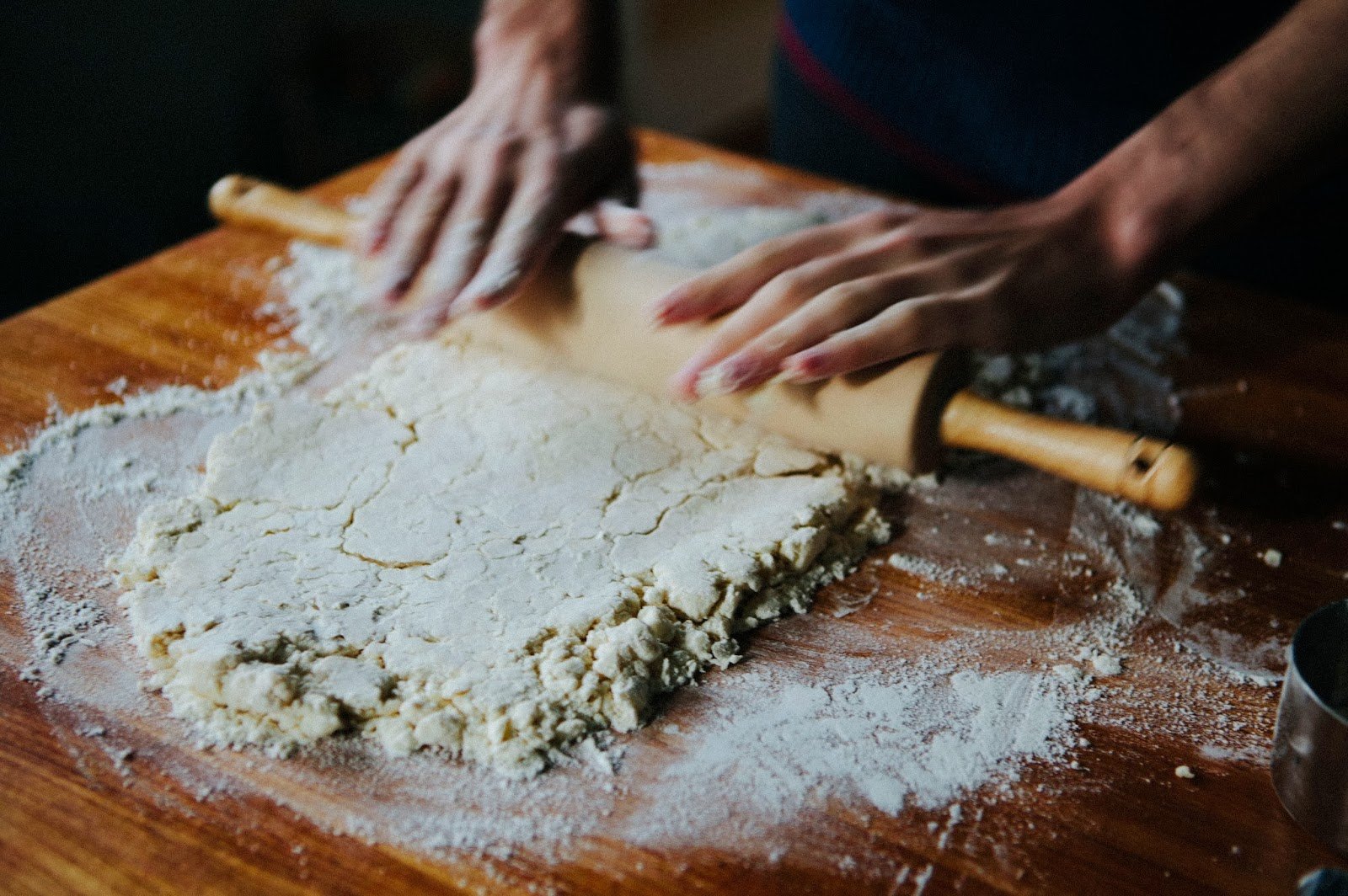
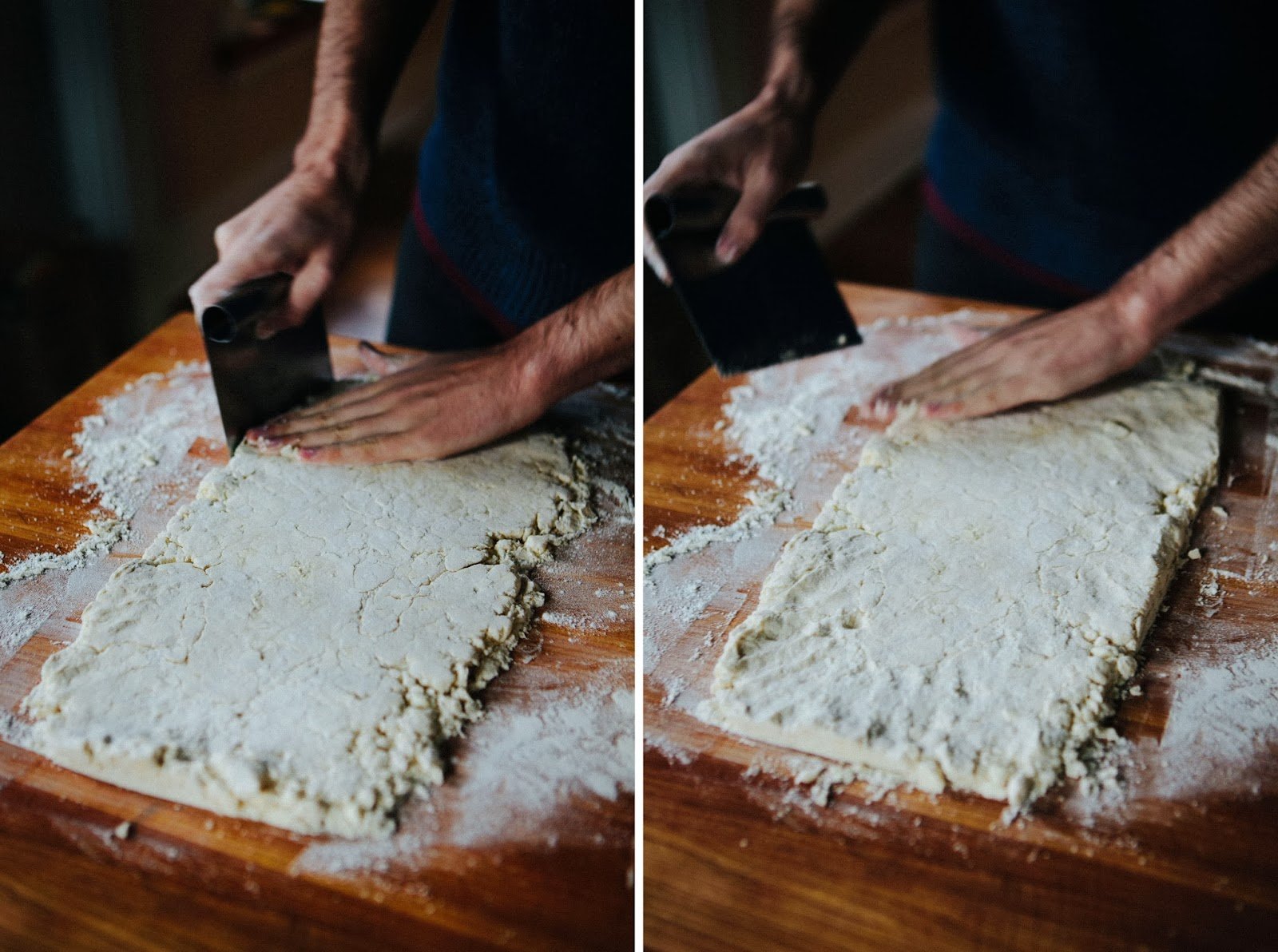
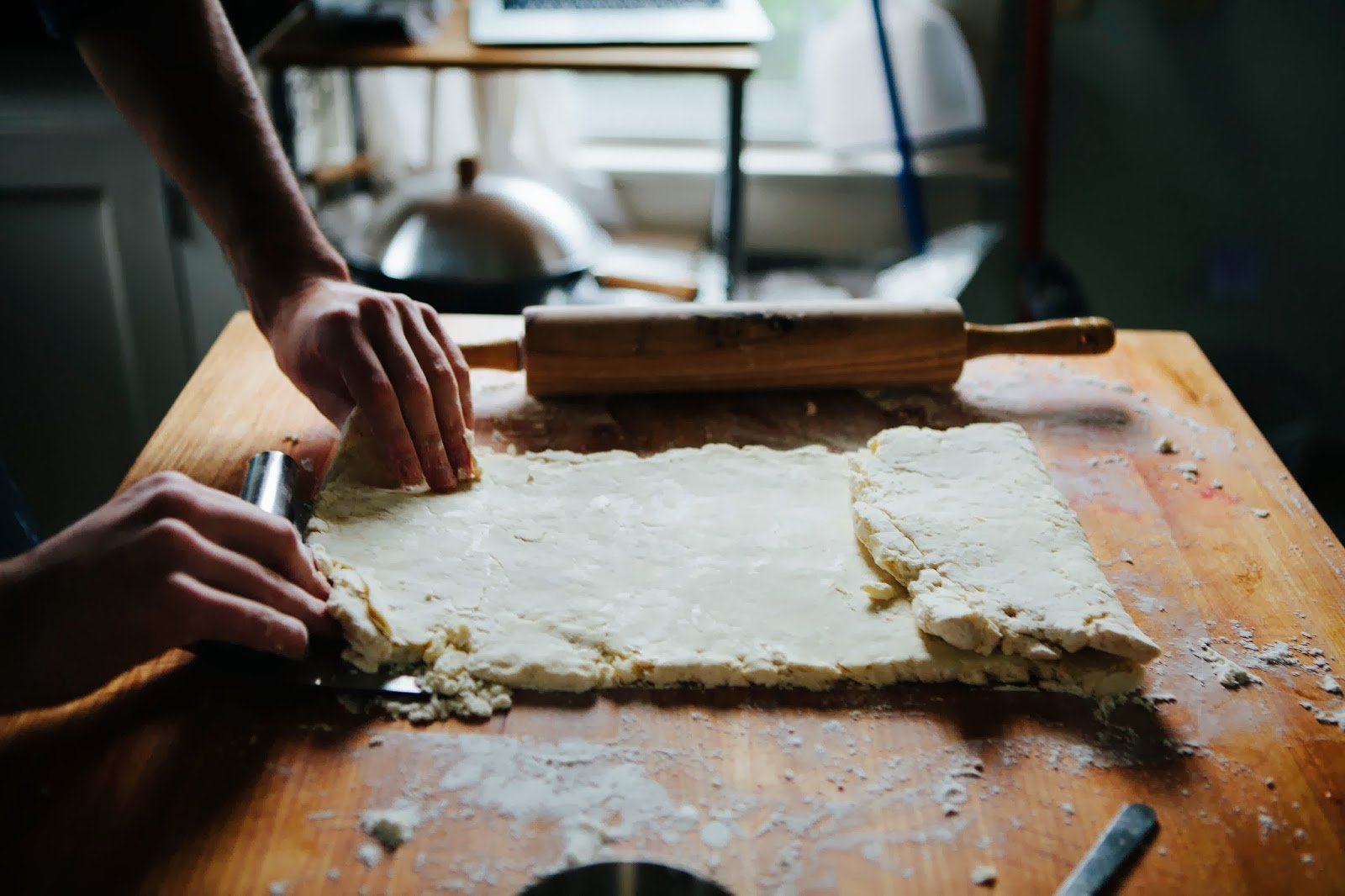
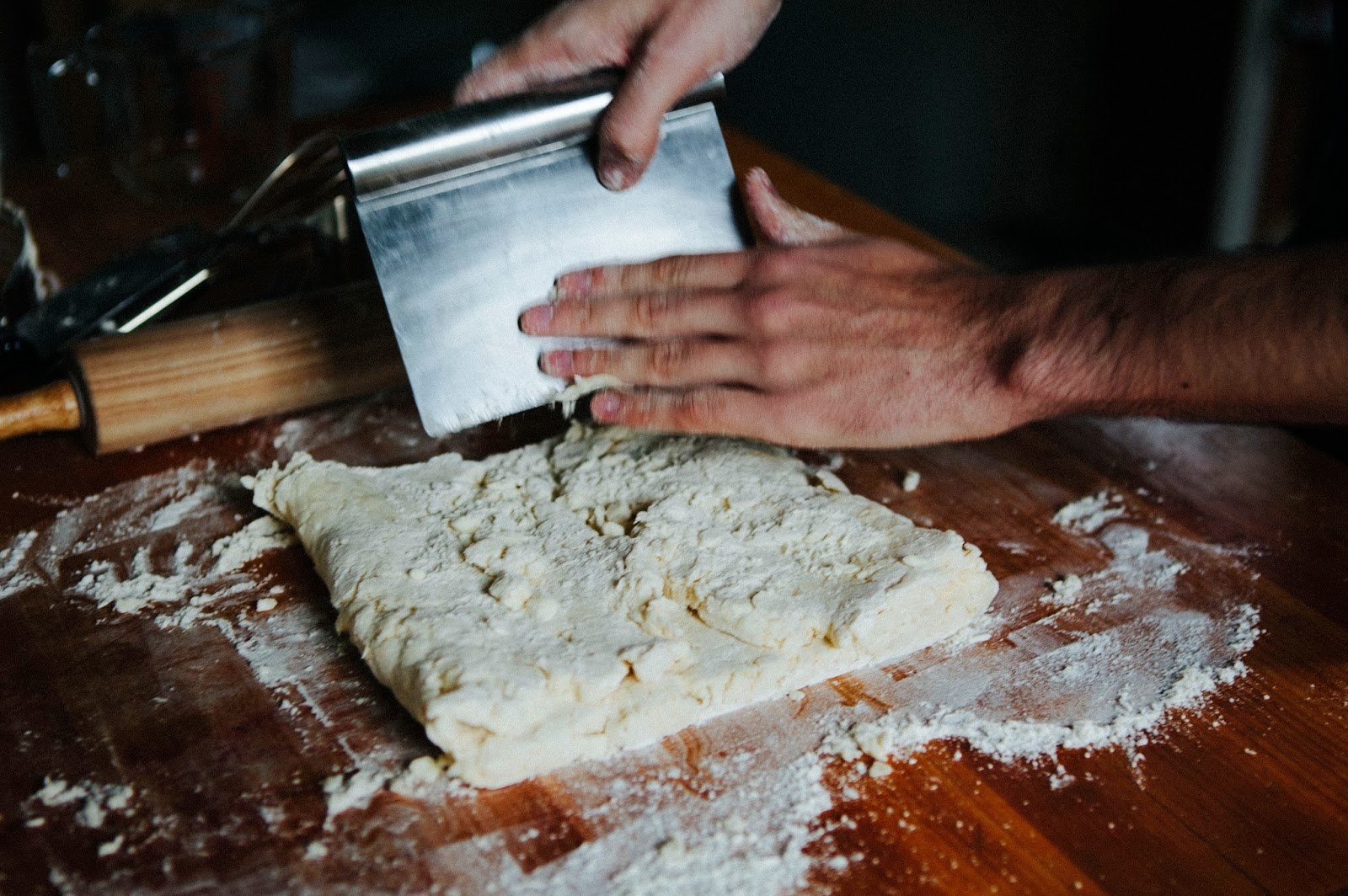
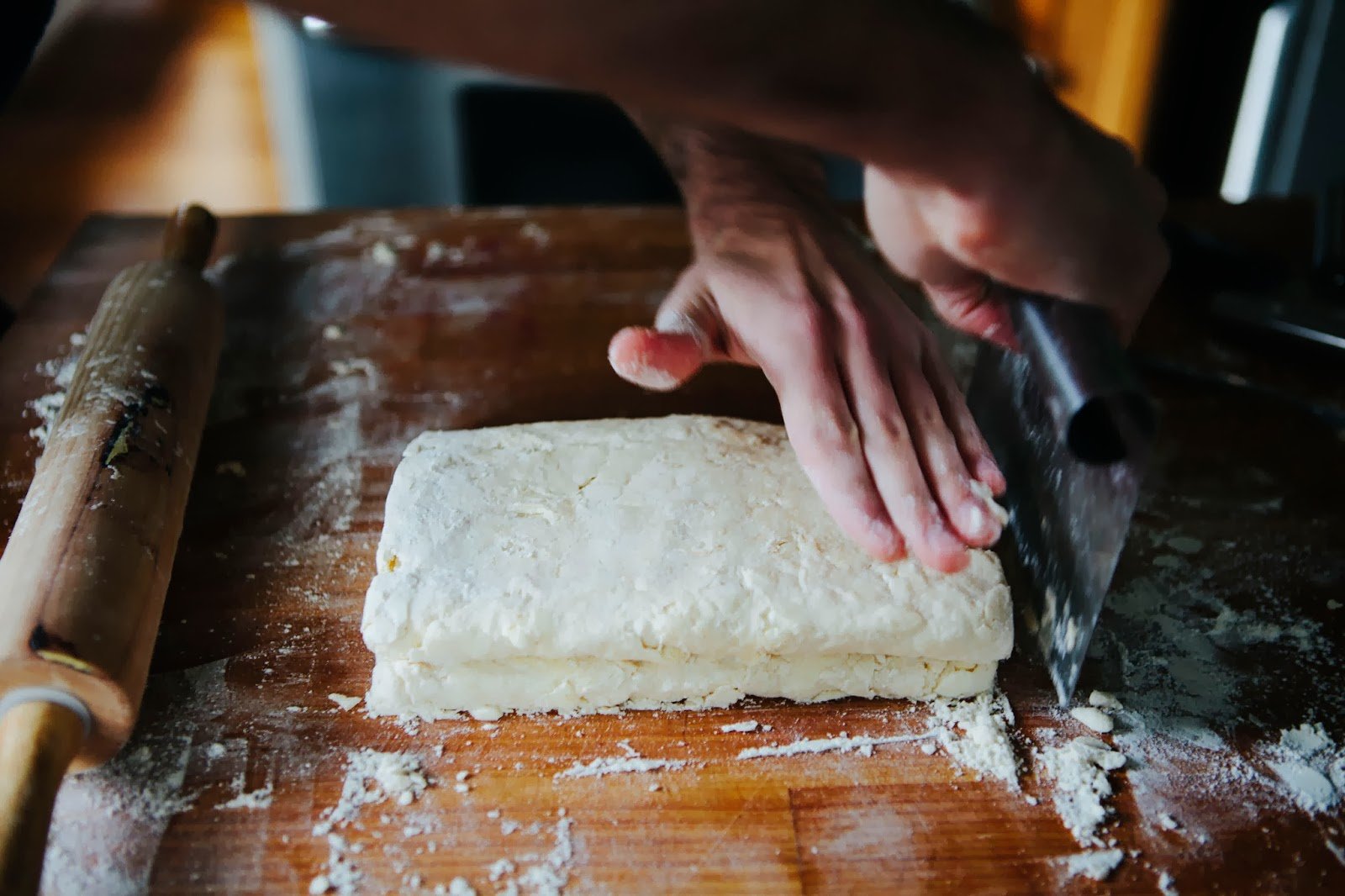
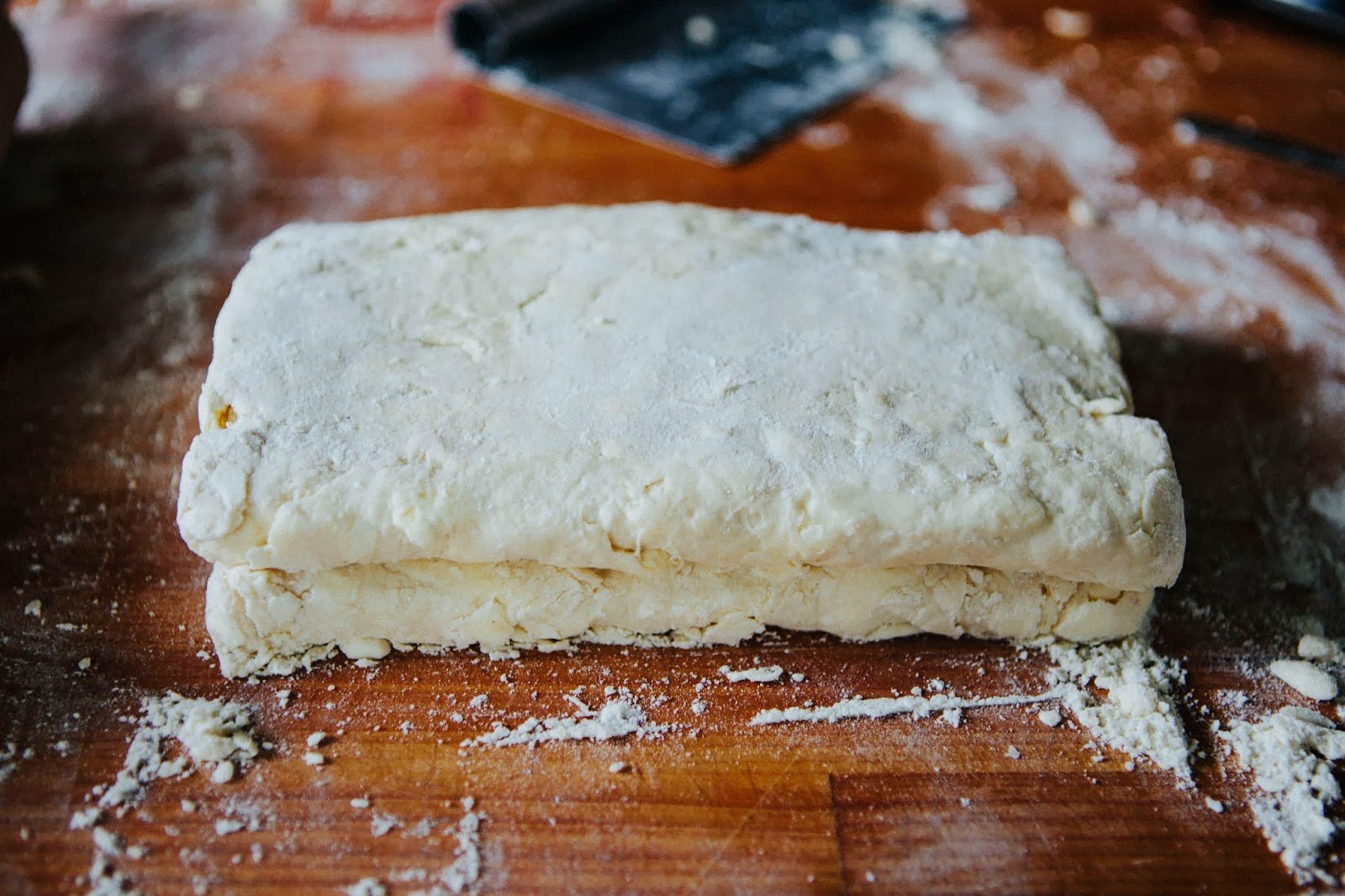
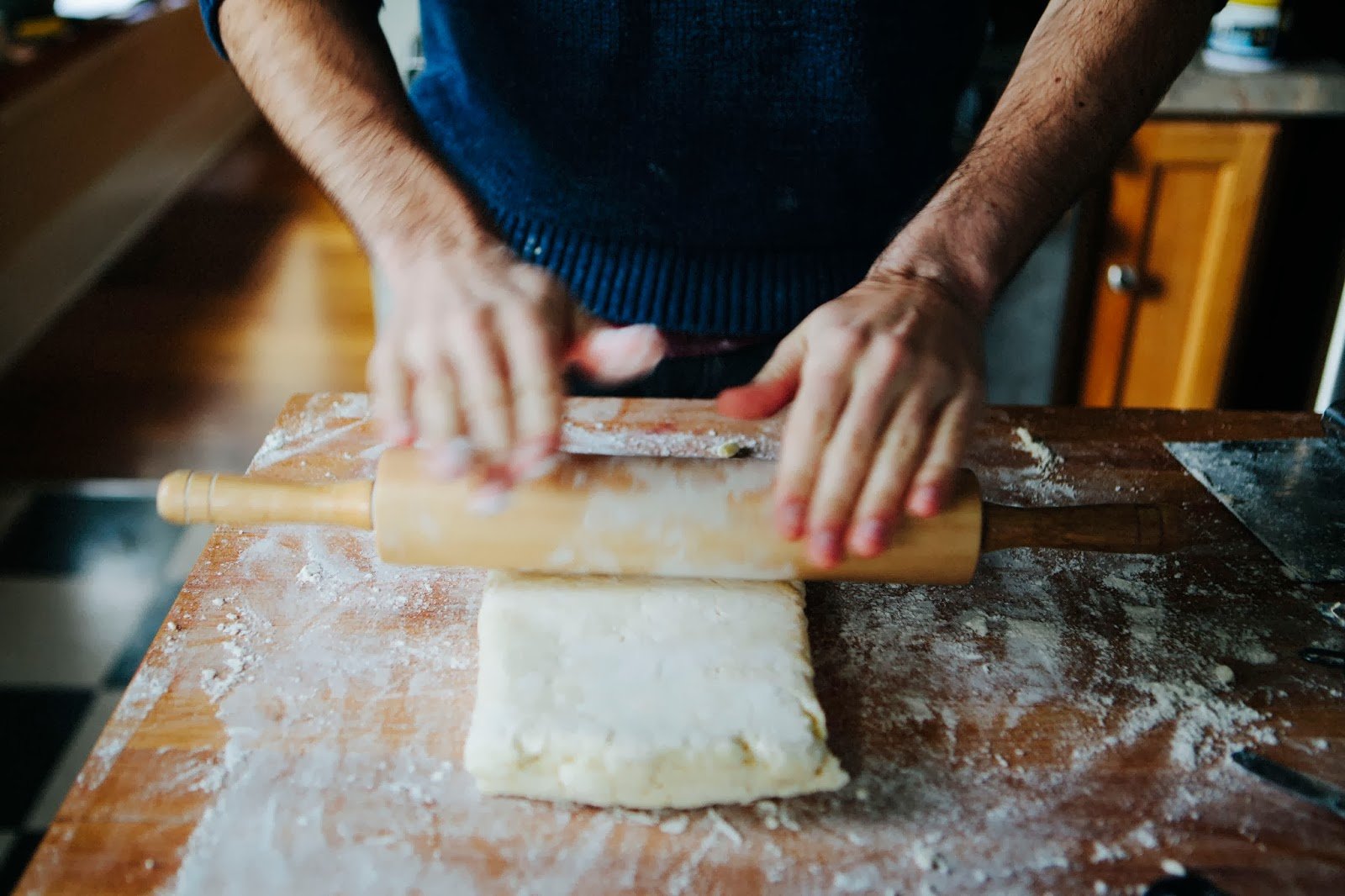
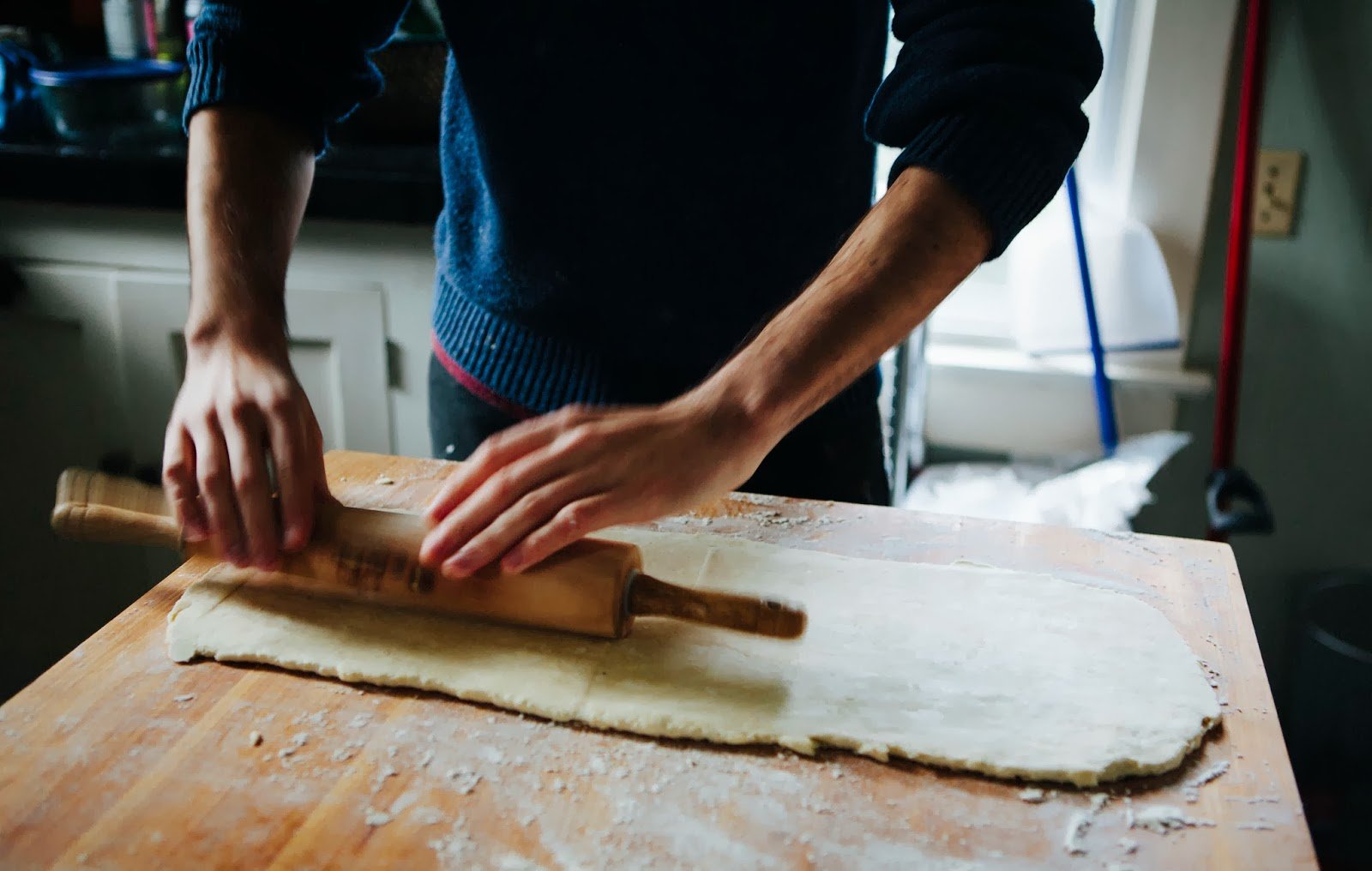
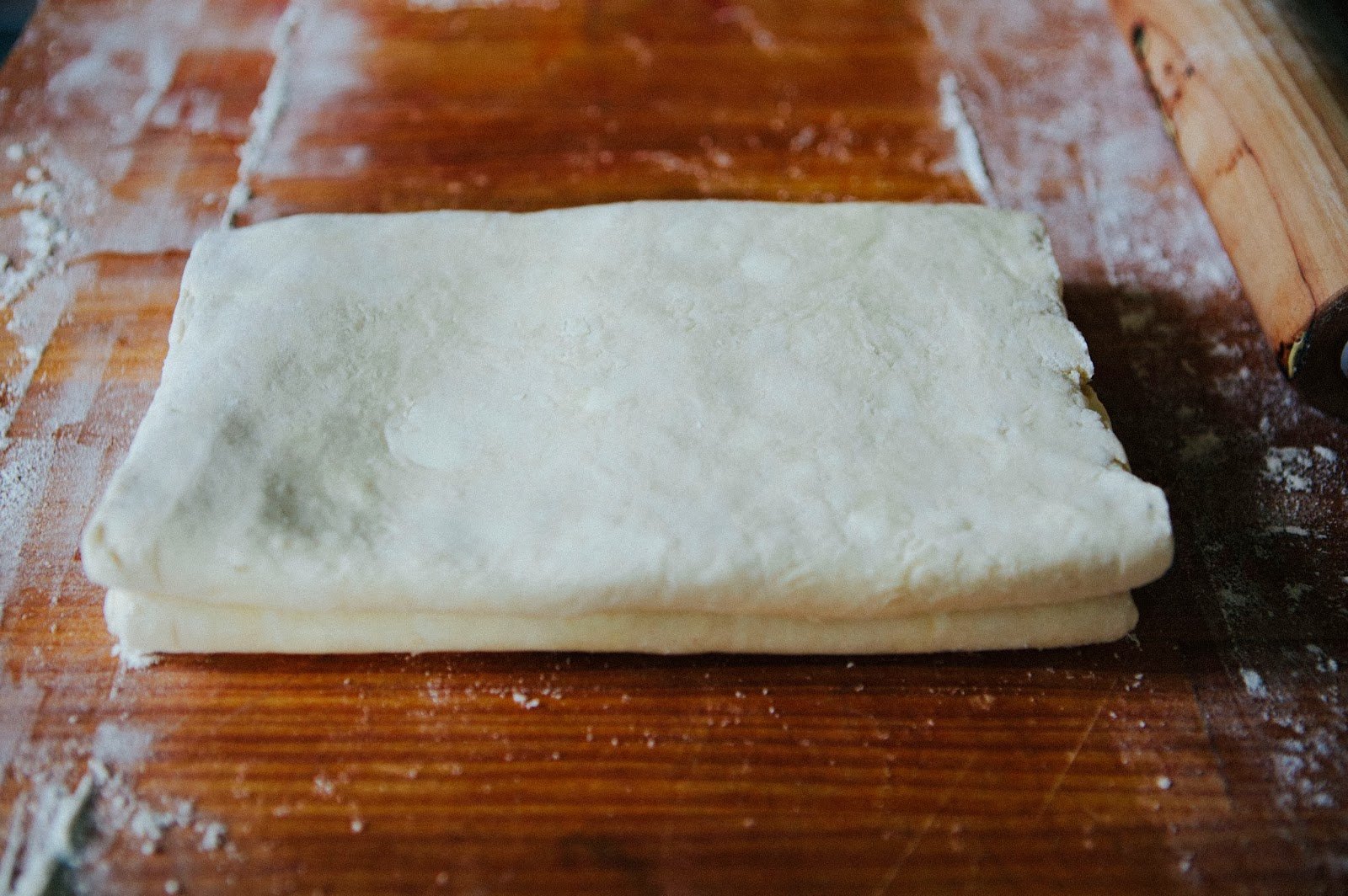

These look incredible! I love Palmiers, but I love your orange take on them even more! What a perfect afternoon snack with tea or coffee. Yum!
girl, i agree. some things are best left up to the store-bought variety. but go you for trying! and these look amazing!!
These look DELICIOUS!!!!
I don't know if I am brave enough to try these. OH, and I can't get the pie crusts right, either!
I'm totally on board with you here. If I tried to shoot AND bake at the same time I would destroy my camera. And puff pastry? Definitely something to be made once to "say you did it" and then leave it up to the freezer section from there on out!
im not a baker so anything made from scratch and this pretty is just amazing!!!
Nice action shots!
This looks so good! Palmiers are so delicate and satisfying!
I'm so with you. I think puff pastry is fun to make once or twice but, after that, who really has the time? Saying that, these are really pretty little nibbles and I love your addition of orange to the dough. I really like your step by step pics too (even if they were a pain to take!)
They look delish!